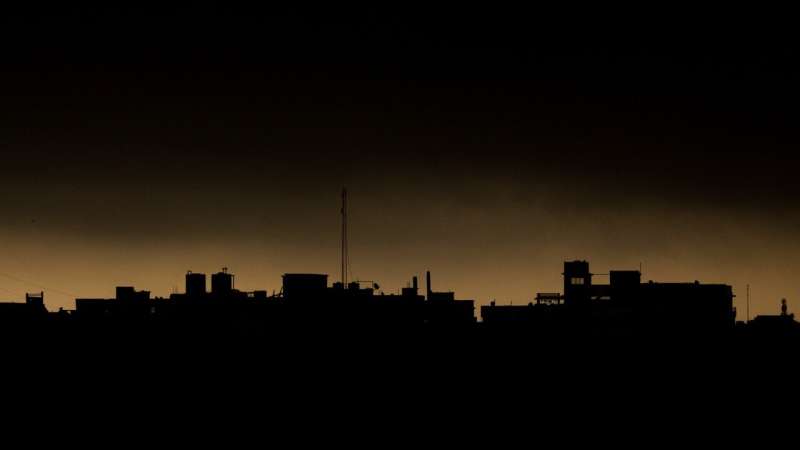This article has been reviewed according to Science X's editorial process and policies. Editors have highlighted the following attributes while ensuring the content's credibility:
fact-checked
peer-reviewed publication
trusted source
proofread
Study reveals need for better understanding of light pollution on migrating animals

As some species of animals follow their instinct to migrate, some become disoriented by the glow from urban areas and wander off route, where far too many meet their fates. A recent study found evidence of the effects of light pollution on migrating animals, as well as areas where we're still in the dark in our understanding.
The study's team, which includes ecologists and political scientists at Colorado State University and the University of Oklahoma, concluded that there's a need for more data to help protect migrating animals. Their research is published in Trends in Ecology & Evolution.
The scientists reviewed studies on light pollution and animal migration from the past five years and determined that more research needs to be done on all species, but particularly species other than birds, which dominate the existing research. Light pollution also harms bats, butterflies, moths and grasshoppers, for example.
All the migratory animals studied to date were affected by light pollution. When birds are drawn off course, they are at risk of fatally colliding with buildings, especially structures with lots of large windows. But scientists still don't understand the underlying processes that short-circuit normal migration patterns.
"We don't understand why animals are attracted to light and why it's such a problem," said Carolyn Burt, first author of the study. "We need more data at the local, regional and macro scales for all migratory species." The team will use the study's results to guide their ongoing research.
"By more accurately predicting when nocturnally migrating birds are moving through specific areas, we hope to give better information to stakeholders running lights-out campaigns in cities across the country," said Kyle Horton, senior author of the study.
Social science is an important piece of this research, said Jeff Kelly, a co-author of the study. He said the team's community partners are ready to act, and that the survey results will give them direction on how to move forward to enact positive change.
"It's concerning to see that light pollution has such widespread effects," said Colette St. Mary, a program director in NSF's Division of Integrative Organismal Systems. "This research highlights how important it is that we understand the mechanisms of these effects. There are so few challenges humans have created that we can potentially address as easily as this one. New insights will only enhance our potential to mediate these effects."
More information: Carolyn S. Burt et al, The effects of light pollution on migratory animal behavior, Trends in Ecology & Evolution (2023). DOI: 10.1016/j.tree.2022.12.006
Journal information: Trends in Ecology & Evolution
Provided by National Science Foundation



















